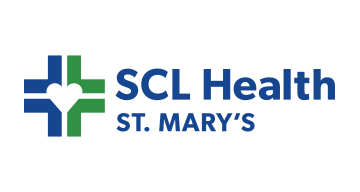
Vanderbilt-Ingram Cancer Center (VICC) had the desire to expand patient capacity in its infusion centers, but seemingly lacked the resources to do so. VICC experienced common operational pain points such as consistently high infusion patient wait times, up to two hours and often longer, especially at the midday peak between 10:00 AM-2:00 PM each day. Nurses were often forced to miss lunch breaks and work excessive overtime, undergoing constant daily stress. Besides managing these to help better leverage the capacity that already existed, VICC had to balance oncology and non-oncology capacity among its infusion facilities.
To address these issues, LeanTaaS’ advanced analytics solution iQueue for Infusion Centers was implemented at three VICC infusion centers in 2019. The iQueue tools enabled stakeholders to view key operational data, build scheduling templates that accounted for the needs of both nurses and patients, and grow volume by fully utilizing the capacity centers already had.
In this session, join leaders from both the VICC and LeanTaaS teams to learn how the partnership allowed infusion centers to grow and improved both staff and clinician experiences.
Viewers of this webinar will be able to:








Take the first step towards unlocking capacity, generating ROI, and increasing patient access.
If you work in the healthcare industry, or even if you’re just an interested observer, you don’t need a book to tell you that the financial pressure is on as never before. A perfect storm of circumstances is swirling together, one that will make survivability, not to mention profitability, a greater challenge for healthcare companies than we’ve seen in the modern era.
As with banks, retailers, and airlines, which had to rapidly enhance their brick-and-mortar footprints with robust online business models—it is the early movers eager to gain new efficiencies that will thrive and gain market share. The slow-to-move and the inefficient will end up being consolidated into larger health systems seeking to expand their geographical footprints.
Let’s look at just a few of the looming challenges healthcare must meet head-on.
An aging population
By the year 2030, the number of adults sixty-five years of age or older will exceed the number of children eighteen years or younger in the United States. We are living longer than our parents did. Positive news for sure, but problematic for several reasons.
The older we get, the more medical help we need. Older people have more chronic diseases. By 2025, nearly 50 percent of the population will suffer from one or more chronic diseases that will require ongoing medical intervention. This combination of an aging population and an increase in chronic diseases will create a ballooning demand for healthcare services.